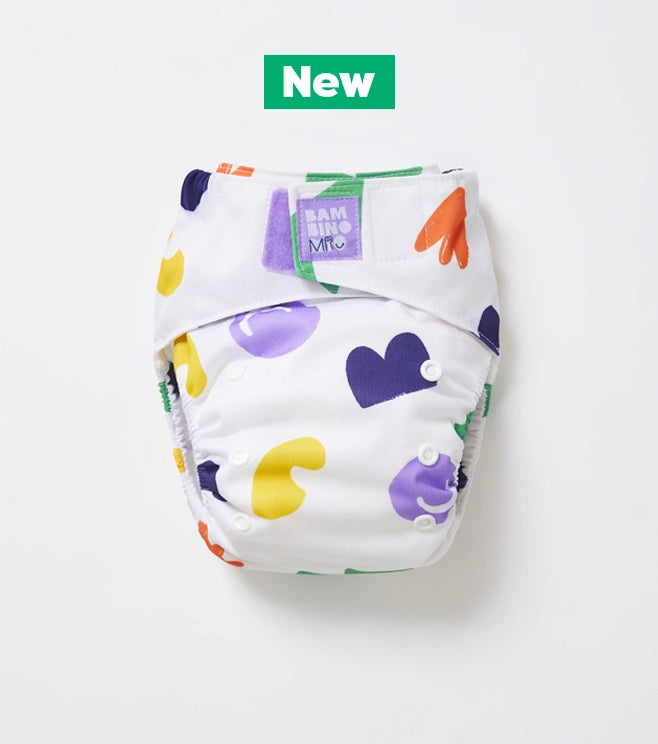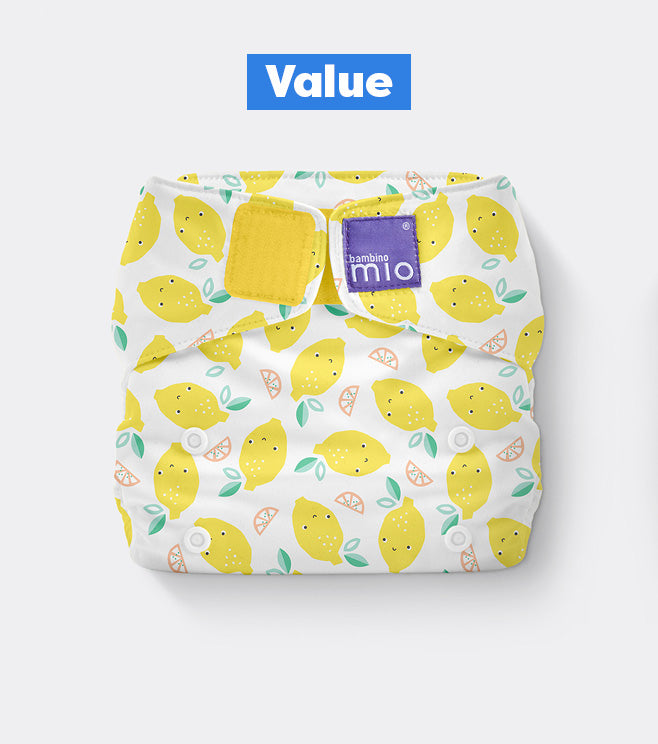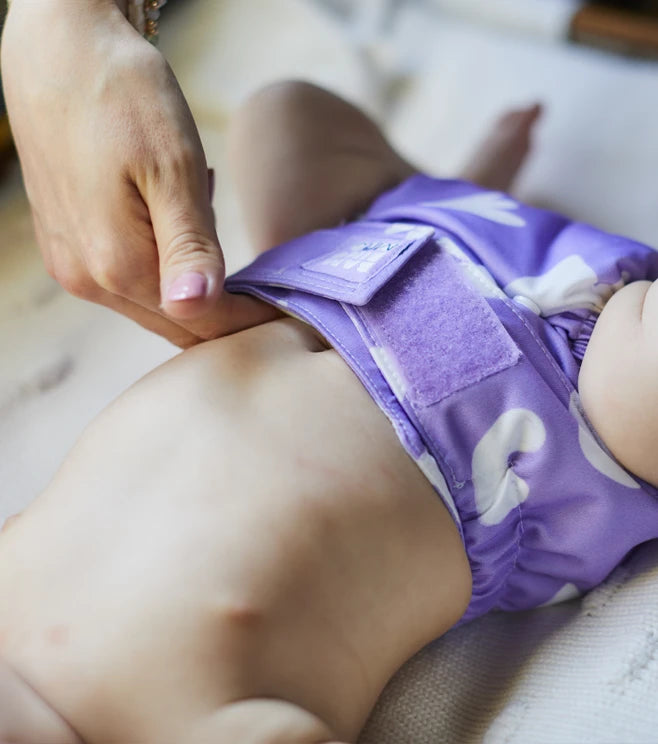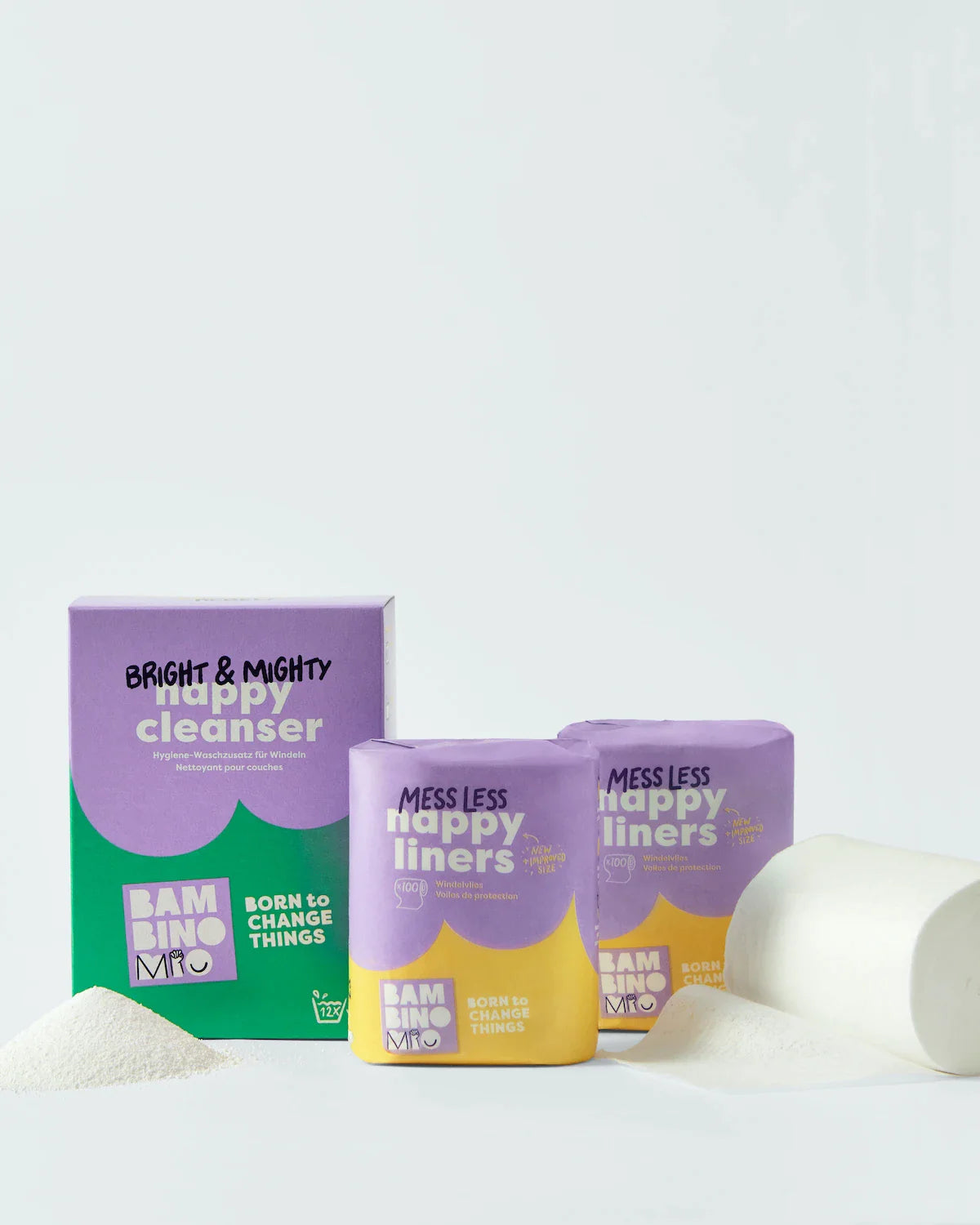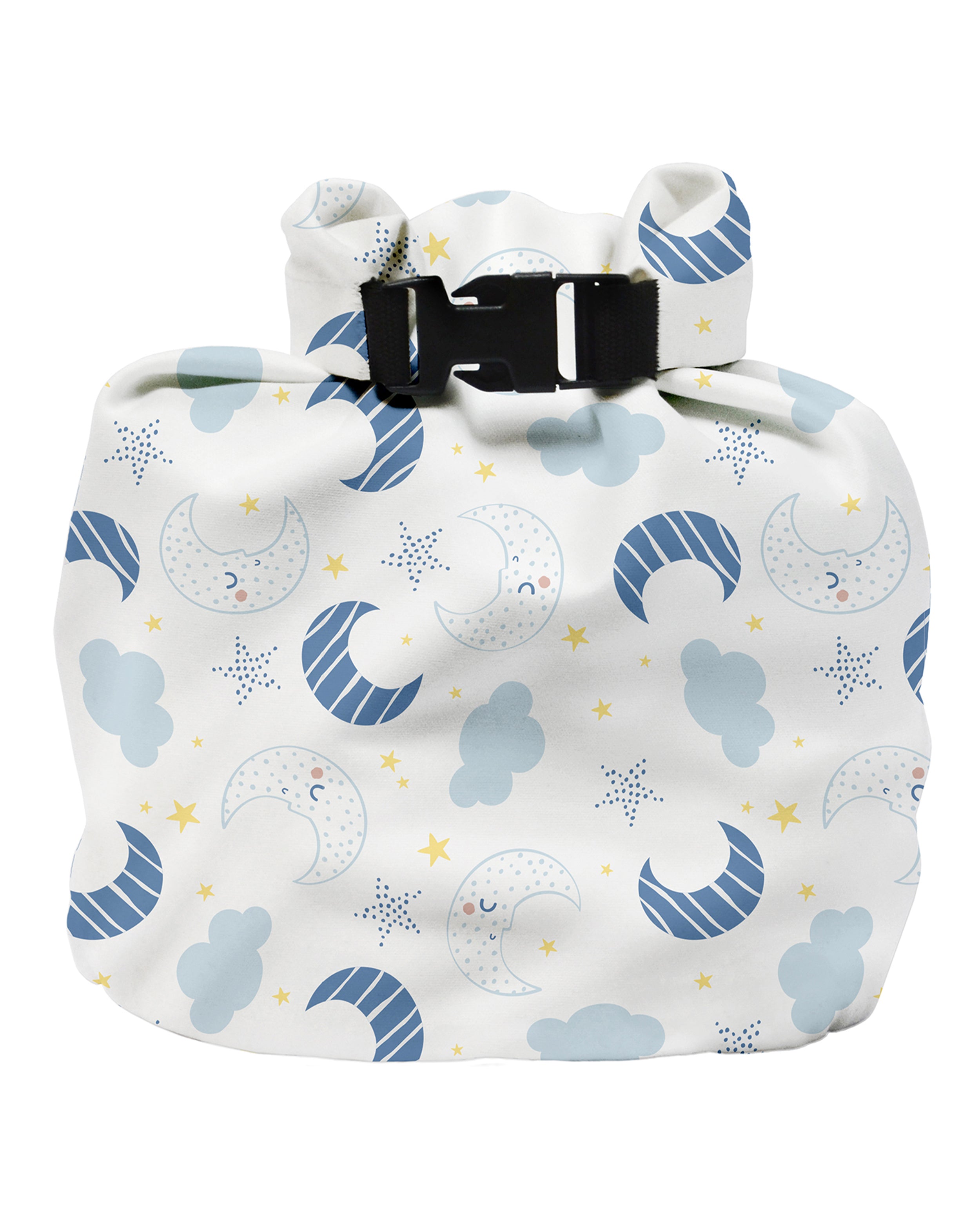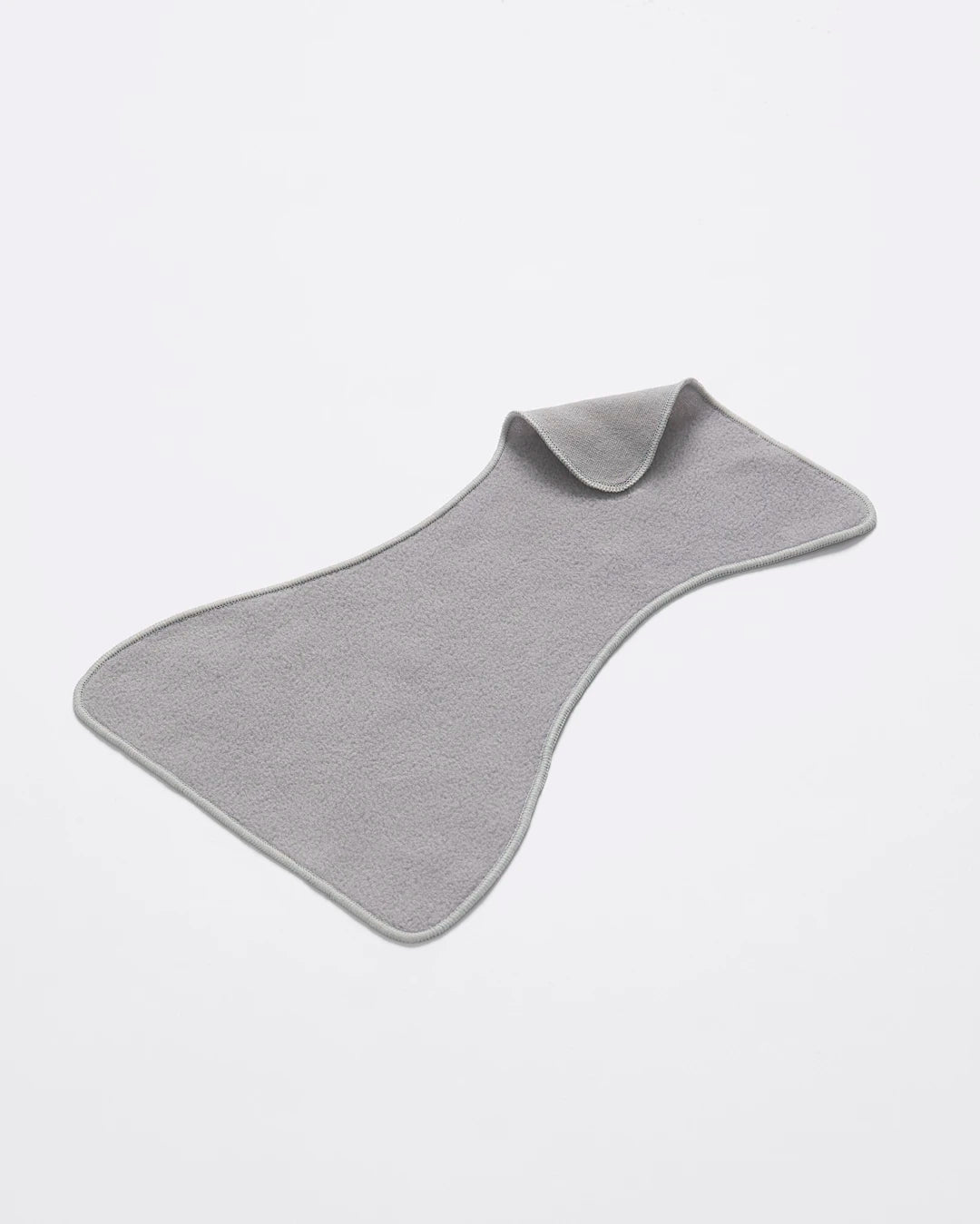Ventouse | Glossary of Pregnancy & Baby Term
Share Options
- Bambino Mio
- 09 / 08 / 2023
Inside this Article:
What is a ventouse?
A ventouse (1), or vacuum cup, is an instrument used by an obstetrician or midwife to help you deliver your baby vaginally. If you give birth with the help of a ventouse or forceps, it’s known as an assisted delivery. Around one in eight women in the UK have an assisted vaginal delivery (2).
A ventouse comprises a plastic or metal cup which is attached to a suction device. The cup is fitted carefully to your baby’s head and your healthcare professional creates a vacuum to hold the ventouse firmly in place.
How does a ventouse help me to deliver my baby?
Your obstetrician or midwife will wait until you have a contraction and, with some help of the contraction and your own pushing, will gently pull on the ventouse to help your baby out.
Is a ventouse safe?
Yes, a ventouse device is safe for you and your baby (3). Your team will only use instruments like forceps and the ventouse if it’s necessary.
Why might my baby need the ventouse?
There are several reasons why you might need an assisted delivery with a ventouse, including:
- If you have a condition, such as high blood pressure, which could make pushing dangerous for you
- Your medical team has concerns about your baby’s heart rate
- Your baby is in an awkward position
- Your baby is getting tired and is at risk of going into distress
What are the risks of a ventouse?
There are some risks involved with a ventouse delivery, which is why it’s only used if you and your baby really need it. These risks include:
- Third or fourth degree tears (4) to your perineum, which will need surgery to repair them
- An increased risk of blood clots in your legs and pelvis (you can have medicine to prevent them if necessary)
- Your baby may have some bruising on their head, or a swelling known as a chignon from the suction cup (these usually disappear within a few days
- Your baby is at a slight risk of bleeding from the blood vessels in and around their skull (5), but this is very rare
- Your baby is also more likely to develop neonatal jaundice after a ventouse delivery (6), but jaundice is very treatable
Citations and References
- National Health Service (NHS). ‘Labour and Birth. Ventouse Birth.’ 2023. Web. www.bhrhospitals.nhs.uk/ventouse-birth
- Royal College of Obstetricians and Gynaecologists (RCOG). ‘Assisted Vaginal Birth (Ventouse or Forceps).’ Web. www.rcog.org.uk/for-the-public/browse-all-patient-information-leaflets/assisted-vaginal-birth-ventouse-or-forceps
- National Health Service (NHS). ‘What Happens in Labour and Birth. Forceps or Vacuum Delivery.’ 2023. Web. www.nhs.uk/pregnancy/labour-and-birth/what-happens/forceps-or-vacuum-delivery
- Royal College of Obstetricians and Gynaecologists (RCOG). ‘Care of a Third- or Fourth-degree Tear that Occurred During Childbirth.’ Web. www.rcog.org.uk/for-the-public/browse-all-patient-information-leaflets
- Healthline. ‘Vacuum-assisted Delivery: Do You Know the Risks?’ 2017. Web. www.healthline.com/health/pregnancy/risks-vacuum-assisted-delivery
- National Institutes of Health (NIH). National Library of Medicine. Pubmed. ‘Vacuum Extraction and Neonatal Jaundice.’ 1982. Web. pubmed.ncbi.nlm.nih.gov/7161688



